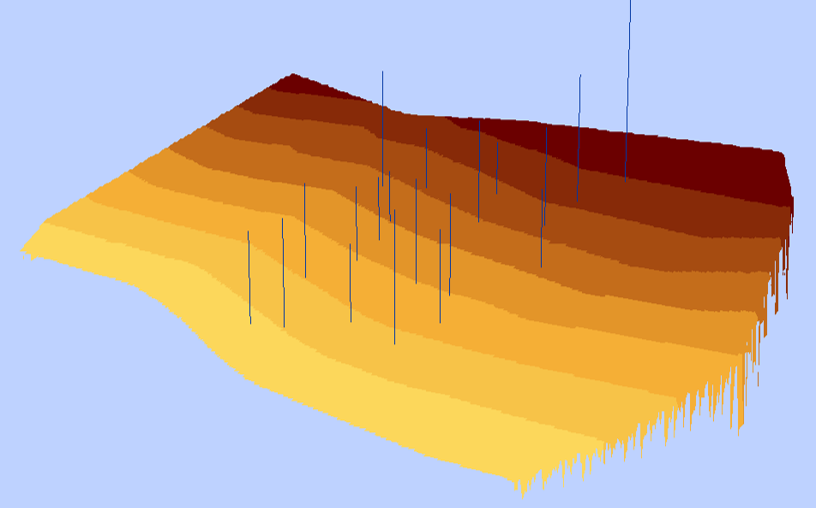Multi-temporal assessment of above-ground forest biomass using aerial photography and allometric equations
Avi Bar Massada, Yohay Carmel, Gilad Even-Zur, Jose Gruenzweig and Dan Yakir
Forests have a major role in the global carbon cycle, as they account for about 40% of the annual carbon exchange between the atmosphere and the terrestrial biosphere. The study of temporal changes of carbon pools in forest ecosystems requires, among other things, the
major role in the global carbon cycle, as they account for about 40% of the annual carbon exchange between the atmosphere and the terrestrial biosphere. The study of temporal changes of carbon pools in forest ecosystems requires, among other things, the
assessment of forest biomass dynamics. Forest biomass dynamics studies typically use long-term forest inventory data, available only in few places around the world. Thus, it is desirable to develop alternative methods for the assessment of biomass dynamics, not limited to the scarcely available data only. Here, such a method is presented, using photogrammetric measurements from aerial photos as an alternative to time-series of field measurements. The objective of this study is to develop a method for multi-temporal assessment of forest biomass dynamics, using aerial photos and allometric equations. Photogrammetric methods were used in order to measure Tree height and tree crown diameter, using aerial photographs of Yatir forest, Israel, in the years 1978, 1987, 1992, 1996 and 2003. The measurements were then transformed to biomass, using an allometric equation which was generated with data from 28 trees that were cut, and oven-dried. Overall, 2037 trees were measured in the study. The measurement errors of the process were estimated empirically by comparing model measurements and field measurements of 60 trees. The validity of the biomass estimate in 2003 was assessed using a randomization test, and a respective confidence interval was built for that estimate [89.09, 98.03].
The logarithmic allometric equation generated in this work is highly significant, which is surprising since tree height and crown diameter are rarely significant biomass predictors. Height growth curve indicates that the forest is approaching maturity, though mean tree height of 38 year old trees is rather low (~ 10 meters). Mean tree biomass value is growing linearly in the past 10 years; though it is expected to eventually reach saturation. The biomass density curve of the study area is linear, after correcting for the bias introduced by thinning treatments. Stand density has a large effect on tree growth, as the forest is subjected to regular thinning treatments. Measurement errors are lower than those reported in the literature. There is a systematic over-estimation of tree height and a systematic under-estimation of crown diameter, but these were corrected for all of the trees in the study in a satisfying way. Mean tree biomass in 2003 was 91.8 (± 59.12) Kg, and biomass density was 2.39 Kg/m2. It is concluded that the method performed fairly well in the case study of Yatir forest. This method might serve as an alternative to field sampling for forest biomass dynamics studies.
View presentation here.
